The history of Curacao
The Spanish, the Dutch, the English and the French, all were interested in Curacao at some point in history
The Spanish, the Dutch, the English and the French, all were interested in Curacao at some point in history
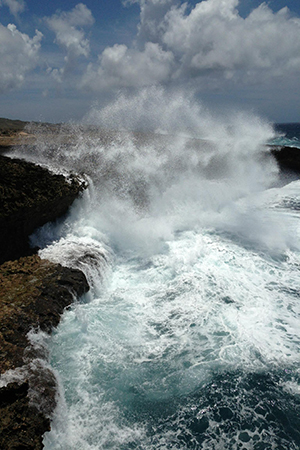
About 5 to 6 million years ago, due to volcanic activity in the position where now the Galapagos island are situated, huge lava plateaus where created. With the movement of tectonic plates, these plateau's were push upward towards the surface, with the result coral fossils could attach. Slowly surfacing from it's depths, the island of Curacao was born.
Related tour: National Park Off-road Adventure
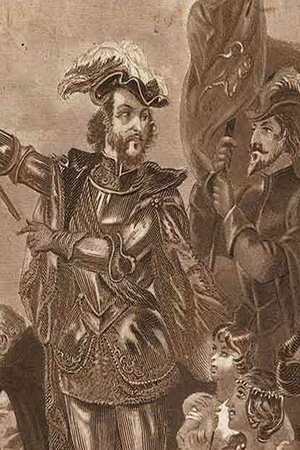
The island of Curacao was discovered by the Spanish in 1499 by Alonso de Ojeda, one of Christopher Columbus’ lieutenants. There are different explanations for the origins of the word Curacao. The most likely is that the Spanish called the island “Corazon” (heart) at some point. The famous Portuguese mapmakers of the time adopted this word into their own language as “Curaçau” or “Curaçao.” Today, the locals know the island as “Korsow.” The island remained Spanish until the Dutch conquest of 1634. In the 17th century, the Dutch became leaders in the international slave trade.
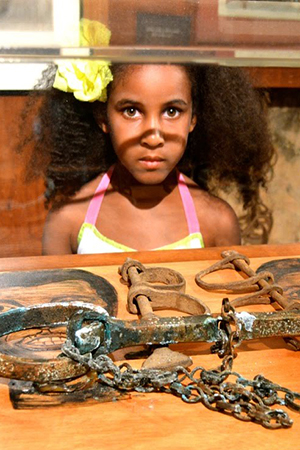
In 1662, the capital city of Willemstad became a major commercial center of the Trans-Atlantic slave trade under the direction of the Dutch West India Company. Africans were enslaved from their homeland and were transported to Brazil and Curacao where they were sold to wealthy plantation owners from across the Americas. At that time, Curacao was one of the largest slave depots in the Caribbean. Today, however, the slave site is home to the Kura Hulanda museum, a remarkable exhibition on the horrors of the transatlantic African slave trade.
Related attraction: Kura Hulanda Museum
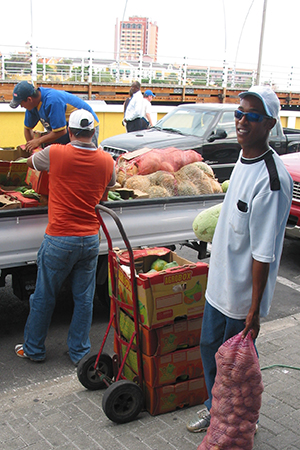
From the end of the 17th century to the beginning of the 19th century, there was a good deal of trading places between the British and the Dutch, with the French also trying to take over the island. The French came close to succeeding, but left after extorting a healthy ransom. In 1815, the Dutch regained control of Curacao, which had been in British hands since 1807. It wasn’t until the 1920’s and 30’s, when the largest influx of worldwide immigrants came and turned the island into the multicultural melting pot it is.
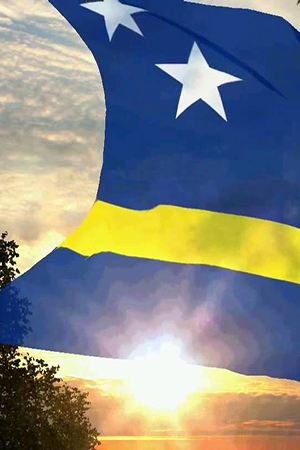
Today, this island of more than 150,000 people is being carried forward on the shoulders of new giants – the artists, entertainers, entrepreneurs and dreamers whose imaginations and ambition extend an open invitation to the truly curious, calling them to a culture of freedom and exploration where big ideas can be born and creativity and courage are always welcome.
Tour Operator / M.C.I / Group Handling / Tourism Transport / Team Building / Events & Services / Cruise Operator / Vacation marketing / Tour info Center Network / 24/7 Call Center / Hosting / Ground Handling
All prices on this website are including 9% government tax. Our general terms & conditions apply to all arrangements of Yellow Tourism Solutions N.V. & Yellow Adventures